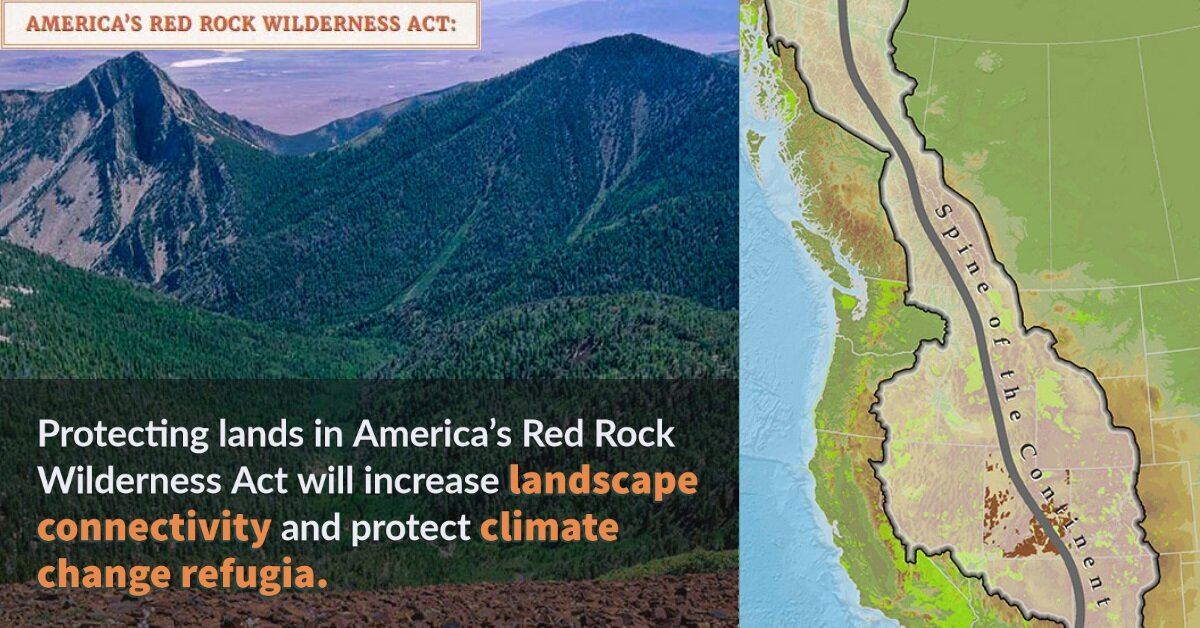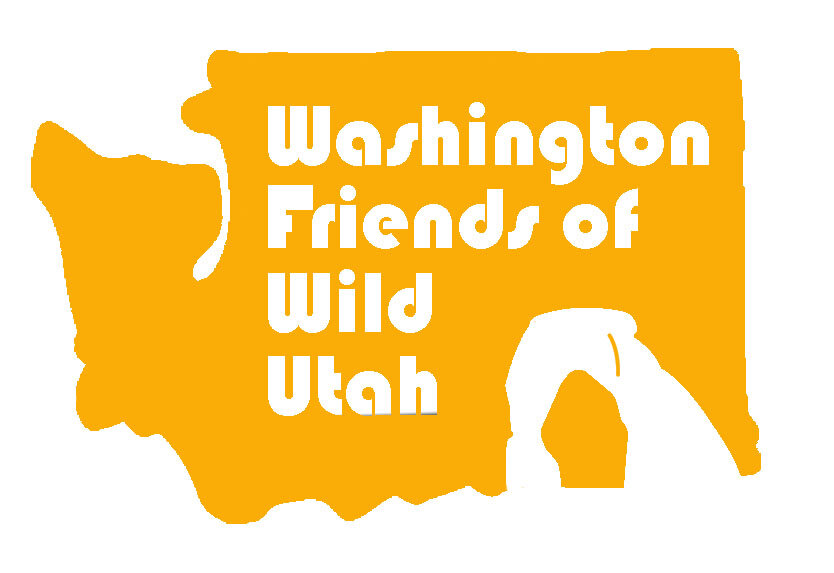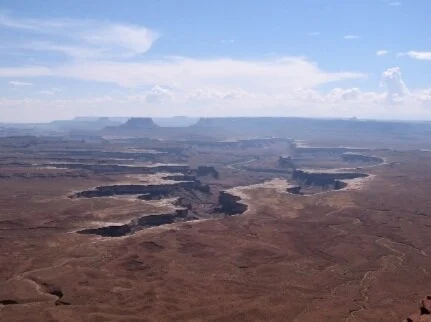
Why We Care
Why do we care about protecting wild Utah?
When we convened this volunteer group we shared our thoughts on what wild Utah meant to each of us. There were some common themes, including the awe-inspiring scenery and stunning natural beauty that is equal to anywhere in the world. We appreciated the wide range of recreational activities such as hiking, river running, sightseeing, and visiting archeological and historic sites. The outstanding opportunities for solitude in this remote region are a way to slow down, reflect, rejuvenate, and feed the spirit in today's fast-paced world. A visit to wild Utah is good for the soul.
While many people are familiar with Utah's stunning National Park system, most of wild Utah is not protected, including the areas adjacent to the National Parks. These areas face ongoing threats from oil and gas development, unnecessary road construction, rampant off-road vehicle use, and other threats to Utah's wilderness-quality lands.
Wild Utah is worth protecting
Below are some examples of great places to visit in Utah to get you hooked! While the photos below are not all taken in the wilderness-quality lands included in ARRWA, they provide a snapshot of the incredible views and recreational opportunities that are available. Many of the proposed wilderness areas in ARRWA surround Utah’s iconic National Parks, and the views from these parks and the health of their ecosystems depend on having protected wilderness lands around them.
Southeast Utah is a land of stunning vistas. This is the view from the Green River Overlook in the Island in the Sky district of Canyonlands National Park. Check out the 100-mile White Rim Road in Canyonlands National Park for a difficult multi-day trip for four wheel drive vehicles or mountain bikes. The sense of solitude and the endless scenic views are amazing.
This is a view of the Valley of the Gods in southeast Utah. The beautiful Cedar Mesa sandstone monoliths, pinnacles and other geological features of this enchanting area are known as a Miniature Monument valley. Stunning vistas like this are common in Utah's red rock country. There is a 17 mile scenic drive that loops through the area.
This is a view of the Bears Ears from State Route 261, for which the Bears Ears National Monument is named. Each of the five tribes that came together to propose Bears Ears National Monument had a name for these twin buttes that roughly meant "Bears Ears." They concluded that the English name was best, to show unity among the tribes. Natural Bridges National Monument is located near the Bears Ears and has excellent hiking opportunities.
This is the view from the Needles Overlook, an amazing and remote viewpoint looking towards Canyonlands National Park. Much of the land seen from this viewpoint is located outside of the National Park.
Creek Pasture Campground is located in the Indian Creek area near the Canyonlands National Park Needles District and the Bears Ears National Monument Indian Creek Unit. Outstanding developed and dispersed camping opportunities are located in the area. Visit the Bear Ears Education Center site for more information on camping in Bears Ears National Monument.
Cedar Mesa contains countless archaeological sites, and there are many outstanding hiking opportunities to visit these sacred sites. These cultural sites are sacred to Indigenous peoples and integral to American history. Tread softly and Visit with Respect.
Cedar Mesa is a cultural landscape sacred to many, including the Ute, Hopi and Navajo tribes and other Pueblo peoples. It is one of the best places in the world to gain a sense of tangible contact with the cultural past – archaic, prehistoric and historic. Cedar Mesa contains internationally famous and visually stunning rock art and Ancestral Puebloan cliff dwellings that draw thousands of visitors each year. Permits are required to protect this fragile landscape.
Numerous recreational opportunities are available in wild Utah, including hiking, climbing, biking, river rafting, and scenic driving tours. The Indian Creek area affords many opportunities for world class rock climbing.
The Bears Ears Education Center has a wealth of information on how to visit - and how to protect - this incredible landscape. It includes a downloadable regional map.
Newspaper Rock is an impressive archaeological site that displays petroglyphs from 1500 years ago to this century. The older art is attributed to the ancient Puebloan people who inhabited this region for approximately two thousand years, from 100 B.C. to 1540 A.D.




Photo credits: Banner: Leon Werdinger, All other photos: BLM/Bob Wick










